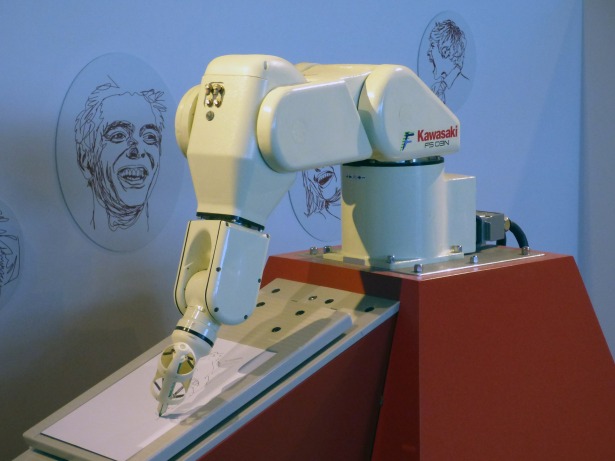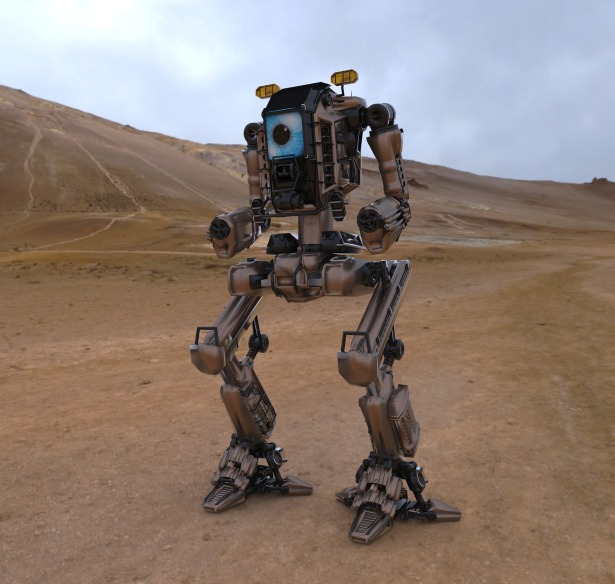
There must not be a superhero fan out there who has not secretly wished he could perform some of the amazing feats his masked heroes do from time to time. Dreaming of such undiluted power seems a natural thing for human beings, especially kids. Some of us out there, who have suffered the loss of a limb, may simply just want the abilities of an able-bodied person. What do these two desires have in common?
Well, it may sound a bit like something from the Justice League, but human cyborgs are fast becoming a reality. I don’t specifically mean the ones you see on films such as Terminator and the like, but technology is making possible developments to use mechanical limbs and implants in order to aid those who are in need, perhaps without a functioning limb. Tech companies are actively partnering with medical research institutes in order to enhance the capabilities of what is possible in mainstreaming mechatronics into medicine– or at least the treatment and rehabilitation of patients.
How do Robotic Parts Work with Your Body?
This is made possible with the use of biosensors, which are able to sense electrical impulses in the body and convert these to mechanical motion of the attached limbs. These electrical pulses may be that of the neurons pulsing through your muscles, or something even more amazing.
Control signals can be derived from this activity and a computational study with neural activity previously recorded from the posterior parietal cortex of rhesus monkeys planning arm movements. Decoders were used to estimate movement direction and to drive finite state machines governing when to move. Neurogress has taken this even one step further by developing technologies that will literally read your mind!
This may be starting to sound exactly like those science fiction movies we just discussed, but make no mistake, this is definitely science fact. The bioelectrical impulses which your mind emits, or the EEG, can be used to control mechatronic devices. This is once again made possible by interfacing these advancements with Artificial Intelligence. By making use of machine learning capabilities, these mechatronic devices over time become more adept at reading and executing the orders given to them by the mind, thus giving rise to the term smart limbs.
So How Will This Make You the Hulk?
Well, believe it or not, visionaries such as the tech billionaire Elon Musk firmly believe that we, as humans, will reach a point where we will need to enhance our human bodies in order to keep up with the rapid development of our machine counterparts. Yes, some of this may refer to heavy lifting which could be made possible with mechatronic enhanced limbs, but the prospects do not end here.
Pilots, drivers, surgeons, operators of heavy machinery and any possible task you can conceive, may benefit from the enhanced precision of neuro-controlled systems. This will be achieved by better integrating the human body with enhanced Artificial Intelligence mechatronic systems so much so that it may soon become a necessity for improving the results of such daily tasks. As the Israeli historian Harari of the Hebrew University of Jerusalem put it simply, as a consequence of a futuristic biotechnological world where sentient biological organisms are surpassed by their own creations, “Homo sapiens as we know them will disappear in a century or so”.
Do you believe that this is the best way forward for human evolution? Do you think that you would enhance your body with mechatronics?
Invest in the interactive mind-controlled devices of the future by buying tokens now. Visit Neurogress.io.



